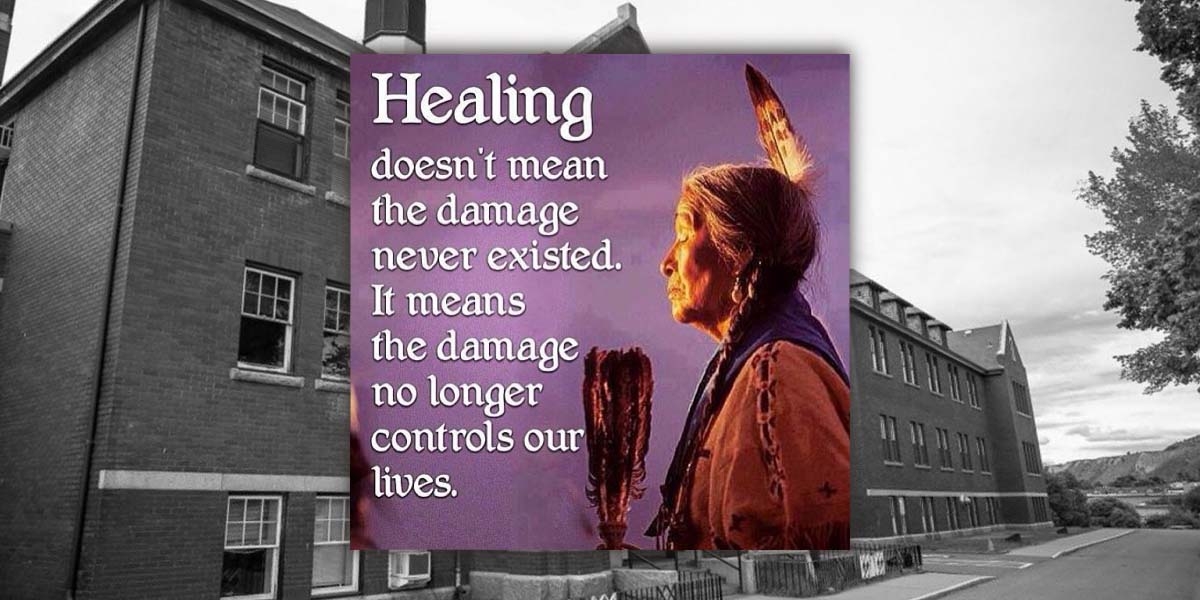
Not all frontline health workers who need priority vaccination are doctors and nurses
By Irving Gold
Canadians breathed a huge sigh of relief when the federal government approved the first COVID-19 vaccine and saw the first immunizations take place. The end of the pandemic and the prospect of a return to normal, whatever that means, became a real possibility.
Rolling out a national vaccination program will be no small feat. In addition to the basic logistical challenges of moving volatile product throughout the country, governments will now have to make difficult decisions regarding who will receive the vaccine, when, and in what order of priority. These are complicated ethical questions with real-life consequences.
Governments across the country, both federal and provincial, have been communicating their priority groups for vaccination. Frontline healthcare workers are listed among the initial priority groups for vaccination in most regions across the country, including those working in hospitals, clinics and long-term care facilities. This is good news.
Although “doctors and nurses” is a common shorthand in the media to refer to healthcare workers, frontline healthcare workers are made up of a much more diverse set of professionals. There are many other frontline healthcare workers putting their lives on the line too. Will they be sidelined as many were in the spring when personal protective equipment (PPE) shortages were in scarce supply?
Once COVID-19 had established a foothold in Canada, the Canadian Association of Medical Radiation Technologists, where I work, started to get calls and emails from members with stories of being told to work in close proximity with patients who had been confirmed to have COVID-19, or whose status was undetermined, without appropriate PPE. They weren’t isolated cases.
After administering a brief survey to our members, we found that more than a third of medical radiation technologists (MRTs) reported not having access to appropriate PPE, and a majority of those felt that they had lesser access to PPE than other healthcare workers in their institutions.
We fear this same pattern could repeat again with vaccine priorities.
MRTs are front line workers.
They are responsible for producing vital medical images and performing radiation therapy treatments. Their duties, in the context of the COVID-19 pandemic, place many of them in direct contact with COVID-19 patients, whether in emergency departments, ICUs, or when COVID-19 patients are sent directly to medical imaging departments. MRTs also interact with vulnerable patient groups at high risk of COVID-19 complications. MRTs do not have the luxury of maintaining the recommended two-metre physical distancing.
Unfortunately, there is a widespread lack of awareness of MRTs and what they do. Patients know who doctors are, what nurses do. Very few know about the professionals responsible for their diagnostic imaging and radiation therapy. This lack of knowledge is unfortunate but understandable.
More alarming is when there is a similar lack of awareness among decision-makers in governments and healthcare institutions, with very real and unacceptable consequences.
Just prior to the pandemic’s arrival in Canada, the Ontario government eliminated an important educational subsidy available to MRTs based on the rationale that they wanted to focus their spending on “frontline workers.” This was an unfortunate sign of things to come.
When it is determined that healthcare providers are due to receive vaccinations – as is happening right now across the country — we need an equitable and fair decision-making process to decide which of them are vaccinated first. If we are to use the term frontline, it must be with consideration to the amount of contact with COVID-19 or at-risk populations, rather than by the strength and influence of one’s professional association or unions or their capacity to mobilize resources for lobbying.
MRTs are not more important than other healthcare professionals, but they are as important. Those that are in direct and close contact with potential or diagnosed COVID-19 patients, regardless of their profession, must be given priority access to the vaccine. A lack of understanding of the roles, responsibilities and risks MRTs – and other healthcare workers — face is no excuse for passing them over.
Irving Gold is the Chief Executive Officer of the Canadian Association of Medical Radiation Technologists.
Photo: Andrey Shevchuk, iStock








